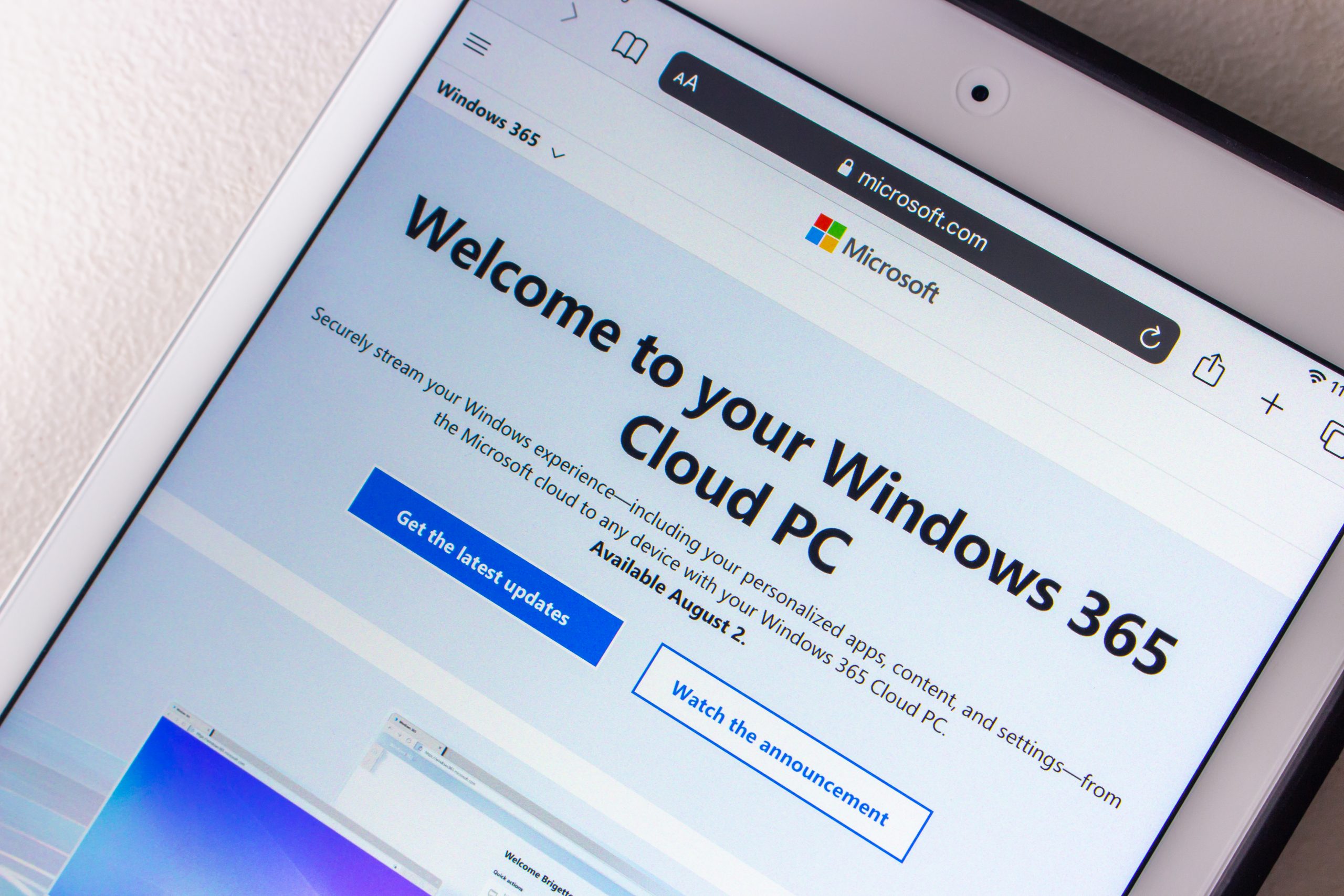Windows 365 is a modern and new Windows experience delivered to practically any device. Microsoft describes it a “a premium experience for both users and IT. It’s easy to use and just as easy for IT to manage.” Introducing Windows 365 to IT administrators is important to keep your technology up to date. This new category of computing Microsoft is called Cloud PC.
Table of Contents
What is Windows 365?
Windows 365 is a Cloud PC accessible from nearly any Internet connected device, enabling the end user to work remotely and securely from anywhere in the world.
For IT administrators, your end users can access the local office network, such as shared files or folders, intranet apps and other things otherwise accessible through a traditional VPN connection. Instead of a VPN connection, the administrator configures a direct connection from the Microsoft cloud to the local network, enabling access to your local data.
Is Windows 365 East for IT Admins to Manage?
For IT admins, Windows 365 has huge benefits from a management perspective, because you don’t need to worry about the infrastructure to set up and manage this type of experience. You don’t have to learn new management tools and paradigms. Microsoft built Windows 365 to be consistent with how you manage your physical devices now, using Microsoft Endpoint Manager or MEM.
There are just two requirements for a user to be assigned a Cloud PC. First, they need a license and second, they need to be part of an AAD Group that’s assigned to a provisioning policy.
Here are a few notes on how easy it is to manage Cloud PCs:
- You assign licenses just like you would in any other Microsoft 365 service. In fact, your licensing admin can do this, not just IT admins.
- You can specify RAM and processor specifications per user or per group.
- You can set up automatic provisioning based on group membership.
- One of the great things about Windows 365 is that it is offered at a fixed price per user per month, like any other Microsoft 365 subscription. So, you don’t need to agonize over things like tracking, utilization or keeping idle resources running when people aren’t using them.
- You can use Microsoft’s default provisioning policies and Windows 10 images, or you can upload your own custom image and assign it to either users or groups.
- You can create localized network connections in Azure regions that are closest to where your users are physically located for the best performance.
- Microsoft built analytics into the service to look at health across your VNETs and domain connections to make sure your Cloud PC’s users can reach everything they need to be productive. Watchdog services continually run diagnostics to ensure connections are up and always running. If a diagnostic check fails, the service will alert you and even give you suggestions on how to correct the issue.
- You can connect your Cloud PCs directly to your local network enabling access to local resources such as network shares and intranet applications.
- The service can proactively monitor performance of Cloud PCs, enabling you to know about performance issues before the end user contacts you.
- If a user outgrows a Cloud PC, it easy to change the CPU cores, memory or storage. On reboot, the new system parameters will take effect and the user has the new spec.
This service makes it a lot easier to securely deliver Windows experiences to just about any device and anyone with a device management background can add Cloud PCs to their device landscape. Even though this is a new product from Microsoft, Solution Builders has been deploying and supporting Cloud PC infrastructure for over 10 years.
Need help with your cloud infrastructure project? We are always here to help. Let us know what you are working on.
This week’s post is by Tim Malzahn, Principal Consultant at Malzahn Strategic





 Published: August 26, 2021
Published: August 26, 2021